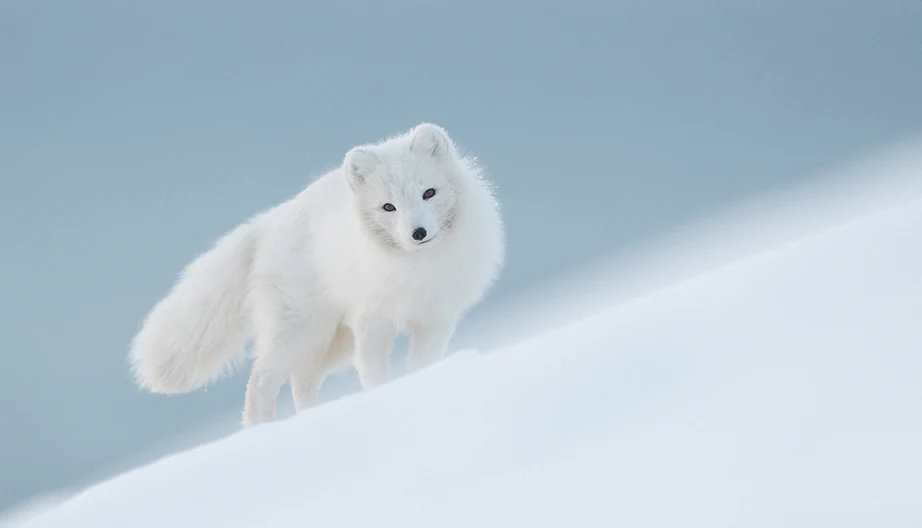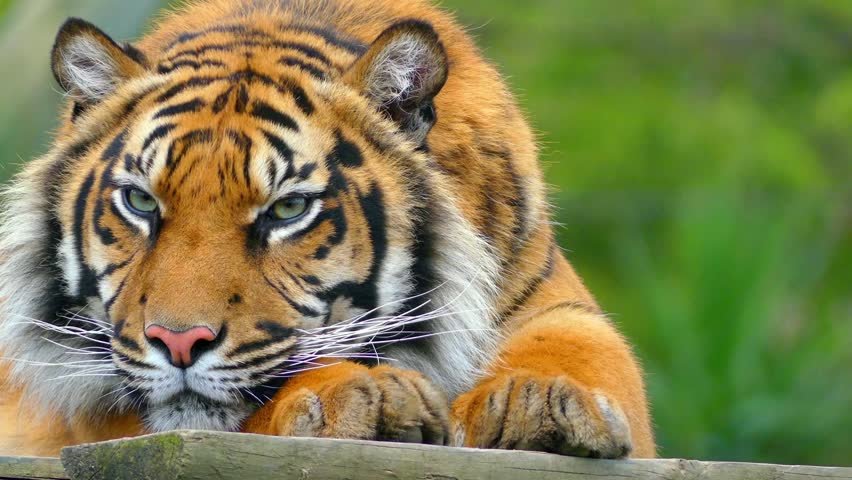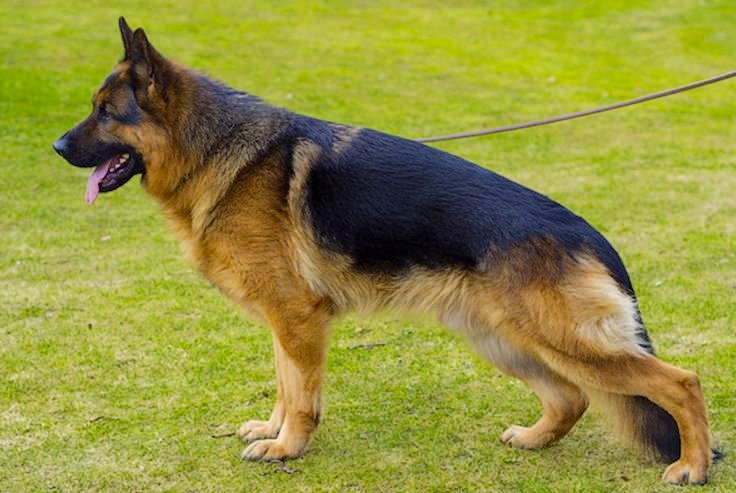Arctic foxes (Vulpes lagopus) are fascinating creatures adapted to survive in harsh Arctic conditions. Here’s a guide with some interesting facts and information about them:
1. Physical Characteristics:
Colouration: Arctic foxes have a seasonal coat change. They are typically white in winter for camouflage in the snow, and their fur turns brown or grey in summer.
Size: They are small to medium-sized foxes, with a length of about 18 to 27 inches (46 to 68 cm) excluding the tail.
Adaptations: Short ears and a short muzzle help reduce heat loss in a cold environment.
2. Habitat:
Range: Arctic foxes are found in the Arctic tundra regions of North America, Europe, Asia, and Iceland.
Burrows: They dig burrows, which serve as a shelter against extreme weather conditions and predators.
3.Diet:
Prey: Arctic foxes primarily feed on small mammals like lemmings, but they also eat birds, eggs, and scavenged carrion.
Hunting: They use their acute hearing to locate prey beneath the snow and pounce to catch it.
Meet the Arctic fox
Hello! Let me introduce you to the Arctic fox, an incredible and resilient creature native to the Arctic region.
Name: – Arctic Fox (Vulpes lagopus)
Appearance:
Winter Coat: In winter, the Arctic fox boasts a thick and fluffy coat that is predominantly white, providing excellent camouflage against the snowy landscape.
Summer Coat: During the summer, their fur changes to a brown or greyish colour, adapting to the tundra’s changing conditions.
Physical Features:
Size: Arctic foxes are small to medium-sized, with a body length ranging from 18 to 27 inches (46 to 68 cm), excluding their bushy tail.
Ears and Muzzle: They have short ears and a short muzzle, which helps minimize heat loss in the frigid Arctic environment.
Habitat:
Range: Found in the Arctic tundra regions of North America, Europe, Asia, and Iceland.
Burrows: Arctic foxes are skilled diggers, creating complex burrow systems to shelter from extreme weather conditions and predators.
Behavior:
Social Structure: Arctic foxes may be solitary or live in family groups, depending on factors like food availability.
Migration: In search of food, they are known to migrate long distances.
Diet:
Primary Diet: Arctic foxes primarily feed on small mammals such as lemmings, but their diet also includes birds, eggs, and carrion.
Hunting Technique: They use their keen sense of hearing to locate prey beneath the snow and pounce to catch it.
Reproduction:
Breeding Season: Typically occurs in late winter or early spring.
Family Structure: The pups are born in underground dens, and both parents participate in caring for and raising the young.
Adaptations:
Insulating Fur: Their fur serves as a natural insulator, providing warmth in the cold Arctic climate.
Energy Conservation: Arctic foxes can reduce their metabolic rate to conserve energy during times of food scarcity.
Predators:
Natural Enemies: Predators include wolves, polar bears, and larger fox species.
Defence Mechanisms: They use their agility and speed to evade predators and seek refuge in their burrows.
Survival in the Arctic

Survival in the Arctic presents numerous challenges due to its extreme cold temperatures, harsh weather conditions, and the scarcity of resources. Various species, including the Arctic fox, have evolved specific adaptations to thrive in this demanding environment. Here are some key aspects of survival in the Arctic:
- Insulation:
Fur: Animals like the Arctic fox have thick, insulating fur that helps retain body heat. In winter, the fur changes colour to white, providing camouflage in the snow.
- Thermal Regulation:
Reduced Surface Area: Animals in the Arctic often have compact bodies with shorter limbs, reducing surface area and minimizing heat loss.
- Burrowing and Shelter:
Burrows: Many Arctic animals, including the Arctic fox, build burrows for shelter from the cold and protection against predators.
Snow Caves: Some animals, like polar bears, may create temporary shelters using snow for protection against the elements.
- Energy Conservation:
Hibernation: Some species, like Arctic ground squirrels, hibernate during the winter to conserve energy when food is scarce.
- Specialized Diets:
Adapted Diets: Animals have adapted to the limited food sources. For example, the Arctic fox relies on small mammals like lemmings and scavenges carcasses.
- Migration:
Seasonal Movement: Some species, including certain bird species, migrate to the Arctic during the summer months when resources are more abundant.
- Social Structures:
Pack or Family Groups: Some animals, like wolves, form social structures to enhance hunting efficiency and improve chances of survival.
- Camouflage:
Colour Adaptation: Animals like the Arctic hare and ptarmigan change their fur or feathers’ colour to match the surroundings, providing effective camouflage.
- Specialized Physiology:
Blood Circulation: Animals, including marine mammals like whales, have specialized circulatory systems that prevent heat loss in extremities.
- Resource Storage:
Food Hoarding: Certain species, such as the Arctic fox, may hoard food during times of plenty to have reserves during scarcity.
- Ice Adaptations:
Webbed Feet: Animals like seals and polar bears have adapted with webbed feet for efficient swimming in icy waters.
- Navigation Skills:
Magnetic Sensitivity: Some migratory animals, like birds, can navigate using Earth’s magnetic field.
- Human Adaptations:
Traditional Knowledge: Indigenous peoples in the Arctic have developed extensive knowledge and skills to survive in these harsh conditions, including clothing, shelter, and hunting techniques.
Survival in the Arctic involves a combination of physical adaptations, behavioural strategies, and, in the case of humans, cultural knowledge. These adaptations highlight the remarkable resilience of life in one of the most extreme environments on Earth.
Internal Link – Bilaar











